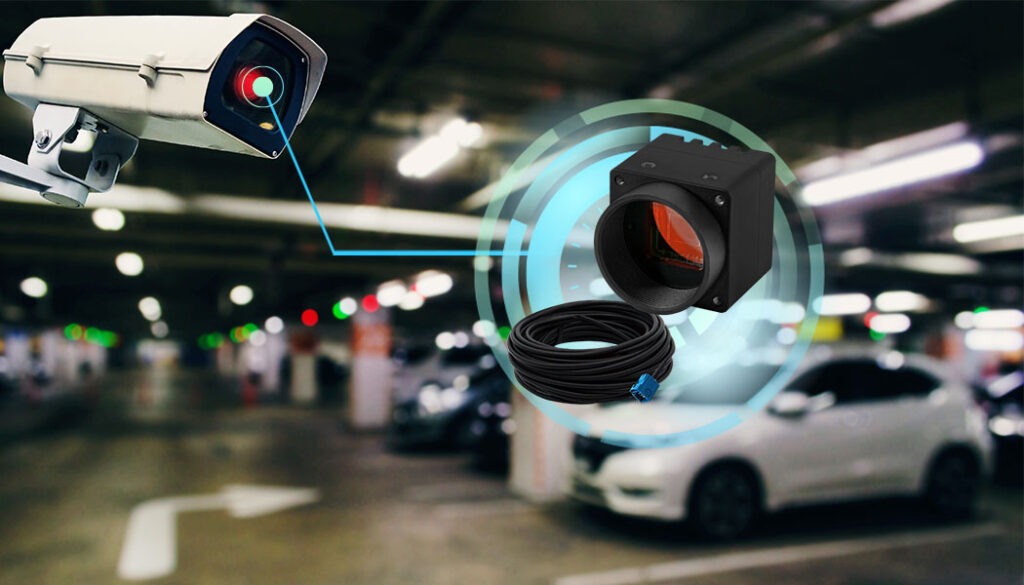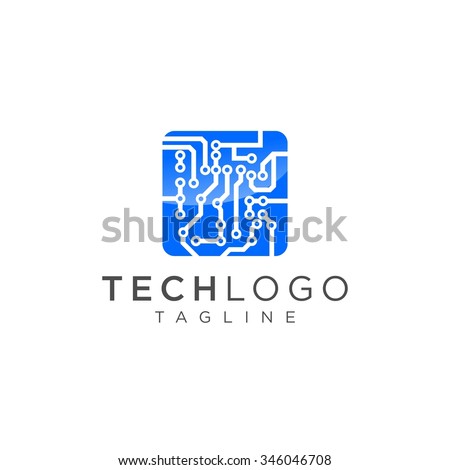
The world beneath our feet, a realm of essential resources and vital infrastructure, is inherently challenging and dangerous. From deep mines extracting precious minerals to intricate tunnels carving pathways for transportation and utilities, underground operations present a unique set of risks. Low visibility, confined spaces, unpredictable geological conditions, and the ever-present threat of incidents make safety paramount. For decades, human eyes and traditional lighting were the primary tools for navigating this subterranean landscape. However, below the surface, where dangers lurk unseen, specialized Explosion Proof Intrinsically Safe Cameras for Hazardous Areas are now playing an indispensable role, transforming safety protocols and offering a critical new dimension to protecting lives and assets.
These aren’t just ordinary cameras. They are sophisticated pieces of technology, engineered to withstand extreme conditions and reveal what the human eye cannot, thereby providing an unprecedented level of situational awareness and proactive risk management.
Piercing the Darkness: Enhancing Visibility in Extreme Environments
One of the most immediate and profound benefits of specialized cameras underground is their ability to enhance visibility in conditions where traditional lighting falls short. Mines and tunnels are often dusty, foggy, or filled with smoke in the event of an incident. Specialized cameras are designed to cut through these obscurants.
Thermal cameras, for instance, detect heat signatures rather than visible light. This allows them to “see” through thick dust clouds, smoke, or even complete darkness, revealing the presence of personnel, equipment, or potential hazards like hot spots that could indicate an impending fire. Low-light cameras, equipped with highly sensitive sensors, can amplify even the faintest available light, providing clearer images than the human eye could ever perceive. This enhanced visibility is crucial for navigation, identifying potential obstructions, and ensuring that no one is left behind in an emergency.
Real-time Monitoring: A Constant Eye on Operations
Innovations in operational safety are possible because of the continuous, real-time operating functions of special cameras. Strategically placed throughout underground networks, these cameras feed live footage to surface control centers, providing supervisors with an immediate overview of conditions.
This constant surveillance allows for instant identification of unusual activities, equipment malfunctions, or deviations from established safety procedures. If a rock fall occurs, a methane leak is detected, or a piece of machinery breaks down, control room personnel are alerted immediately. This rapid response capability drastically reduces the time it takes for emergency protocols to be initiated, potentially saving lives and minimizing damage. Furthermore, recorded footage provides invaluable data for post-incident analysis, helping to understand causes, refine safety protocols, and prevent future occurrences.
Hazard Detection: Identifying Threats Before They Strike
It is not merely the matter of seeing; it is the matter of predicting through the use of specialized cameras. Many advanced systems are integrated with analytical software that can identify potential hazards before they escalate.
Gas detection cameras, for example, can visually represent the presence of dangerous gases like methane or carbon monoxide, displaying them as colored plumes on a screen, even if they are invisible to the naked eye. This provides an immediate, intuitive warning system for potentially explosive or toxic environments. Similarly, structural monitoring cameras, sometimes equipped with laser scanning or photogrammetry capabilities, can detect subtle shifts in rock formations, hairline cracks, or ground movement that might indicate an impending collapse. This proactive detection allows for timely evacuations or reinforcement efforts, preventing catastrophic incidents.
The Future Below Ground: Smarter, Safer Operations
The integration of specialized cameras into underground operations is a testament to the ongoing commitment to safety within these high-risk environments. As technology advances, we can expect even more sophisticated camera systems: miniature sensors embedded in rock, autonomous drones providing 3D mapping and real-time anomaly detection, and AI-powered analytics that can predict potential failures before they occur.
These innovations will continue to enhance visibility, provide unparalleled situational awareness, and reduce human exposure to danger, making the vital work carried out below the surface safer and more efficient than ever before. The future of underground operations is not just about digging deeper or building faster; it’s about seeing more, understanding better, and protecting those who work in the darkness.





More Stories
How to Choose the Best Phone Service Plan for Work and Personal Use
How a Revops Agency Drives Revenue Growth and Operational Excellence
9 Key Metrics for SaaS Lead Generation